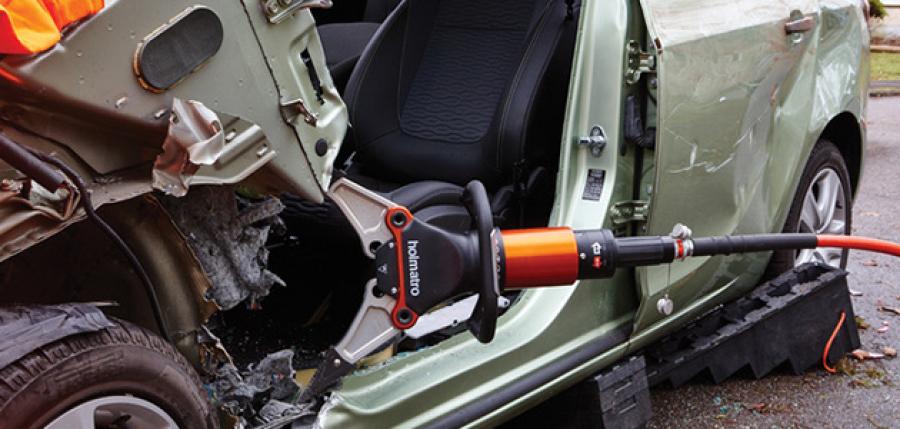Degree of Difficulty
I have just finished watching the men’s synchronized diving final from the Rio Olympics on TV. The amount of skill on display was phenomenal and if I had another four lifetimes, I could not reach that level of performance. What is interesting about that particular competition is that each dive attracts a different level (or degree) of difficulty; in essence the more difficult the dive, the more points can be scored.
This requires an amazing level of skill; but so does extrication.
Degree of Difficulty (DD)
I did a little research and it turns out that the degree of difficulty (DD) table, as produced by diving’s governing body, has to be regularly revised and updated as divers become stronger, fitter and are consequently able to perform to a higher level. Of course (because I never switch off from work) I immediately aligned this to extrication and in particular, to different techniques. I have previously written that I think extrication should be getting easier due to our knowledge, equipment and the fact that we have access to the latest information. That said, there is a clear difference in the degree of difficulty in everything we do in regard to extrication; so should this inform how we plan our training?
DD & training priorities
In the Vehicle Extrication Techniques training program I attempted to illustrate a degree of difficulty to a technique I described, with a view to assisting rescuers plan their training and establish priorities. There is no doubt that there are techniques that require minimal practice in order to maintain skill, e.g. quick, safe and efficient glass management. However, there are also things that we should certainly revisit far more often, e.g. dash relocation, B-post rip or complex stability techniques.

Source: Holmatro's Vehicle Extrication Techniques training book and app.
Effective use of training time
In my career, during general refresher training, we never placed any emphasis on a specific technique. My organization required me to prove my competence in a full range of applications at the same time. Therefore the same time was allocated for performing a door removal as it was for a more complex side fold down for a car on its side. With hindsight, was this an effective use of valuable training time and scarce training resources (i.e. vehicles)? Should certain applications be prioritized above others in order to train more efficiently? Should more time be allocated?

A dash relocation requires more regular practice than glass management.
Focul on higher DD drills
I don’t know for sure but I bet the divers I have just watched will attribute more time in practice to dives with a higher DD. They will of course maintain their competency at ‘lesser’ dives but this will take up less of their time and focus. These dives will be revisited less frequently in order to ‘polish’ their performance. After all the bigger scores can only be gained with the higher degree of difficulty.
Advice
Whatever you think about varying degrees of difficulty when it comes to extrication, it is of course the case that we must be skillful and adept at all techniques. However, the reality is that training time and resources are often scarce. My advice is to look at the degree of difficulty and attribute your time and resources proportionally. The more difficult things are, the higher the risk of failure.
Let’s face it, none of us want to finish ‘outside of the medals’.
As usual, I welcome your feedback!
Ian Dunbar
